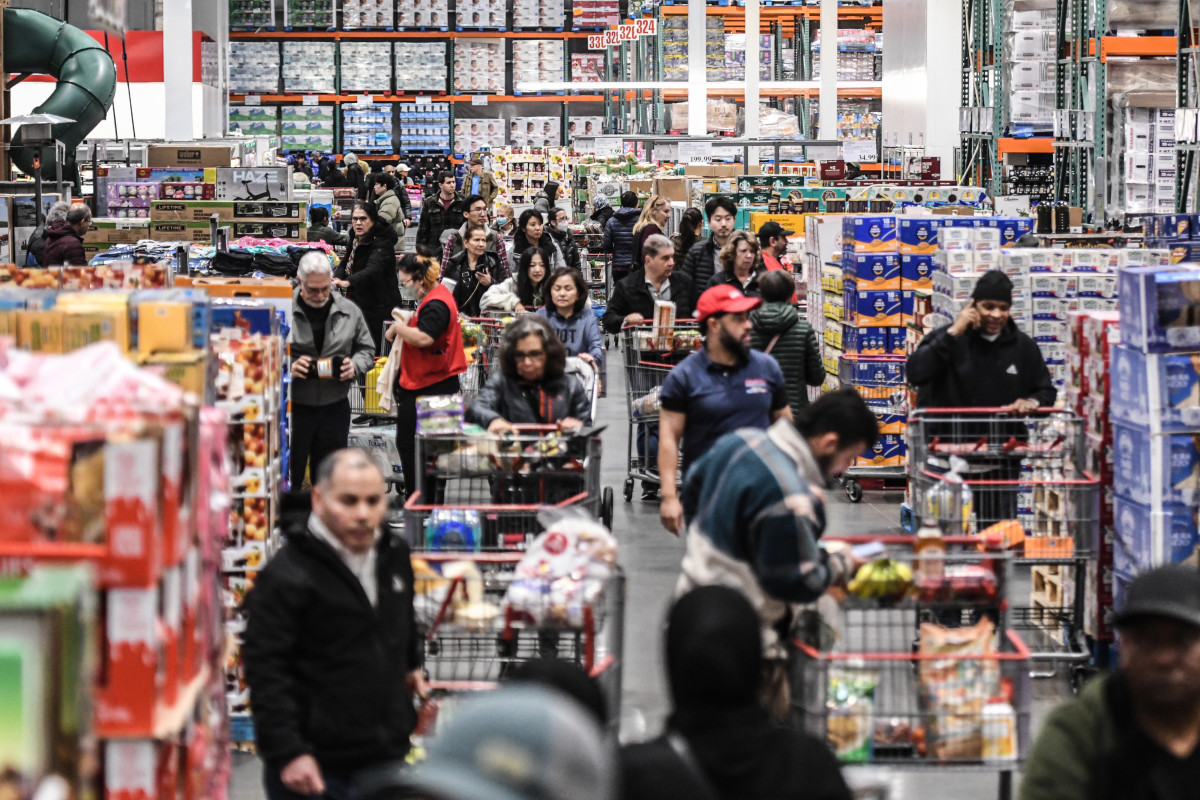
Retail sales growth in the U.S. remained steady in September, but growth disparities may signal another wave of inflation.
Despite multiple restaurant chains filing for bankruptcy this year and various retailers reporting declining sales due to a softening in customers' spending and economic uncertainty, the month of September seemed to give the retail sector a bit of hope for the future.
Related: Red Lobster officially exits Chapter 11 bankruptcy protection
According to the U.S. Census Bureau monthly sales report for August 2024, retail and food service sales increased slightly by 0.1% from the previous month and by 2.1% compared to the year prior.
Total sales were up by 2.3% from June 2024 through August 2024 compared to the same time period last year.
Retail trade sales increased by 0.1% from the month prior and up by 2% from last year.
Nonstore retailers were up 7.8%, and food and beverages services were up 2.7% compared to last year.
However, as great as these economic inclines may seem, other areas remain disproportionate and may signal some red flags.

Customers dig deeper holes in their pockets due to price increases
Although sales may have slightly increased, growth disparities persist in the job sector, and prices are at an all-time high.
According to the S&P Global Flash US Composite PMI Output Index, economic expansion in the U.S. was sustained in September.
The Composite Output index for September was reported to be 54.4 this month, falling only 0.02 points compared to 54.6 the month prior, but remaining above 50, which still indicates expansion in the private sector.
However, the average price of goods and services grew at its fastest pace in six months.
Related: Markets push for big Fed rate cut after inflation reports
The spike in prices is attributed to the rise in input costs in the service sector, which hit a 12-month high.
Although companies abstained from hiring, causing the workforce to decrease for the second month in a row — and a total of four times in the past six months — salaries in the retail sector increased.
Wages and salaries in the U.S. were up nearly 4.4% in July 2024 compared to the year prior and are expected to increase by nearly another 4% by 2025, which seems unsustainable if wanting to prevent prices from increasing even more.
S&P Global warns the Fed about some red flags in the economy
Because of this sudden price spike, the fear of an upcoming pickup in inflation seems more probable in the following months.
The third-quarter GDP growth rate of 2.2% still meets expectations for a healthy economic upturn, but S&P Global said concerns about the weakening manufacturing sector, slow job labor market, and decline in business confidence need to be monitored.
More Retail:
- FTC trial against $8.5 billion U.S. luxury merger heats up
- Popular beer company enters the sober market
- Coca-Cola partners with the perfect brand for new canned cocktail
On Sept. 18, the Federal Reserve (Fed) issued a statement about cutting interest rates by 50 points to 4.75% to 5%, the first such move since the pandemic in 2020.
"The early survey indicators for September point to an economy that continues to grow at a solid pace, albeit with a weakened manufacturing sector and intensifying political uncertainty acting as substantial headwinds. A reacceleration of inflation is also signaled, suggesting the Fed cannot totally shift its focus away from its inflation target as it seeks to sustain the economic upturn," said Chris Williamson, Chief of Business Economist at S&P Global Market Intelligence.
Related: Veteran fund manager sees world of pain coming for stocks







